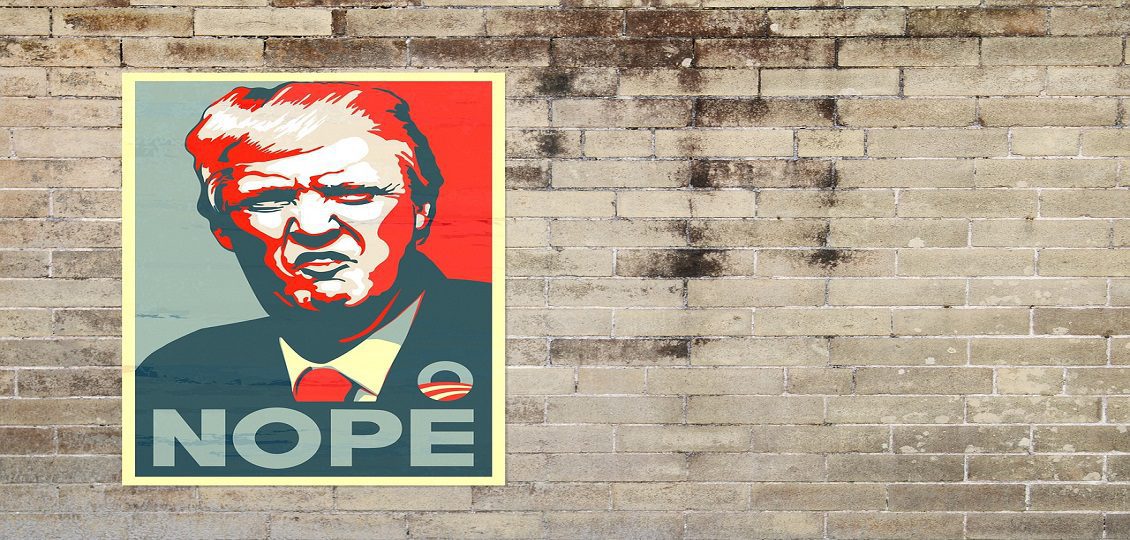By Rand M Gee
A recent LinkedIn discussion question demonstrated the massive impact of poor leadership on employees and the company. One hundred and three people responded- with 177 ways poor leadership is manifested in the workplace. The shocking issue isn’t the types of impact but the breadth of impact poor leadership causes. (Most responders identified more than one impact.)
Not surprising, 20+% of responders said that the most important impact of a poor leader can be immediately seen by increasing poor employee performance and the subsequent fall in productivity and thus a fall in profitability.
Responders also frequently said that one fallout of poor leadership is demonstrated by good performers trying to “keeps things working” for a while but eventually leaving the company resulting in a workforce of less talented and perhaps less motivated employees. This loss of talent was cited as having serious ripple effects. The good employees migrate to the competition enhancing their businesses. The loss of talent causes an increased need to fill vacancies pushing a rise in recruitment and training costs. Potentially, new employees, who typically are not as effective, efficient, nor quality conscious, cause costs to rise and productivity to fall which, in turn, causes a reduction in Customer Satisfaction. In addition, the exit of good talent tends to send a subtle message across the employment scene that damages the company’s employment branding making acquisition of superior talent even harder.
Employee frustration was named as a leading impact of poor leadership. Interestingly, most responders cited cases where the employees became more cohesive for a while in an effort to “hold things together” in spite of a poor leader. The high performance people kept the pace while the not-so-high performers followed the high performers as their surrogate leader. Many discussed a very strong employee effort to prop up the leader out of allegiance to the company.
Alas, the noble effort of “keeping the place running” without appropriate reward and recognition eventually manifests itself as increasing employee frustration with senior leaders who fail to recognize the problem and fail to resolve what seems to be a serious and obvious leadership issue.
Lack of a reasonably swift resolution to poor leadership yields a slow but steady decline in commitment, morale, and motivation. The first impact of this trifecta is a reduction in desire to meet objectives then a potential reduction in quality or work performance, and, in some cases, acting out of employees in an effort to get senior management’s attention. This acting out can be seen in “bad mouthing” the company in public settings, resisting organizational changes, not solving problems, not implementing solutions, or just “dragging feet” on assignments.
Responders cited a number of interesting, miscellaneous impacts. Some of the more interesting impacts or poorly managed employees were:
- Hijacking the work group or team in an effort to gain power and control where the official leader had abandoned her/his control
- Unethical behavior or lack of work integrity in an effort to “stick it to the company”
- Efforts to unionize the company to regain focus, reduce fear, or as a form of retaliation.
- Long-term degradation of company performance and quality caused by replacement leaders being no better and often worse than the previous generation of leaders with the declining leadership stemming from poor modeling by former leaders.
- General erosion of the company culture sending strong negative signals to employees and their subsequent development of “evacuation strategies” as job and livelihood protection.
BOTTOM LINE
Lack of leader quality has a degrading impact on any company that can lead to failure of the business if not addressed quickly and properly. Addressing poor leadership is the utmost responsibility of senior leaders. Unfortunately, “B-quality” leaders recruit and hire “C-quality” leaders which just creates a long-term culture of poor leadership and a mediocre workforce interested mostly in “just a job”. One responder even commented that in many cases where companies have failed to recognize and correct poor leadership situations, the culture becomes so engrained that only closure and reopening the company with a new set of senior and mid-level managers will permit a change in overall leadership quality to occur.
The really good news is that employees want strong leadership – strong in terms of modeling high performance, quality conscious, business savvy, individual development, and personal skill building. Employees want superior direction and clear opportunities to perform and succeed. In general, most employees abhor working in an unfocused, confused environment that inhibits their ability to achieve success.
The other piece of good news is that poor leaders can become a great leader with a bit of learning and a few simple changes in their behavior. In actuality, being a great leader is actually easier and more fun than being a poor leader but requires a high level of personal integrity and commitment to continuous learning.
DEVELOPMENT CHALLENGE
Consider the following questions regarding further development for you based upon what you’ve read in this article:
- What would be the impact if you sought feedback from your direct reports about your overall quality of leadership? What would the feedback say?
- What leadership practices do you need to change to ensure that your leadership is better or reaches high performance?
- What current leadership practices should you continue because you do them well, they provide high quality leadership for your work team, and they respond positively to them?
- What leadership practices should you discontinue because they don’t work or are counterproductive to creating a high performance culture?
COMPANION COMPETENCIES
Leadership is not magic nor a genetic birth gift but a complex union of skills and behaviors that most people can learn – “if they wanna“. The results of this discussion question suggests that leaders should learn and practice the following competencies:
- Accountability and Empowerment Building
- Coaching
- Feedback – Giving and Receiving
- Influencing Others
- Integrity
- Listening Actively
- Performance Management
- Fostering Teamwork
About
Rand Gee is an Organizational Development Consultant who lives in Pentwater, Michigan and is a Senior Partner with Up Your Leadership. You are welcome to use the leader development resources on his website at http://www.UpYourLeadership.com. Contact: [email protected]











































